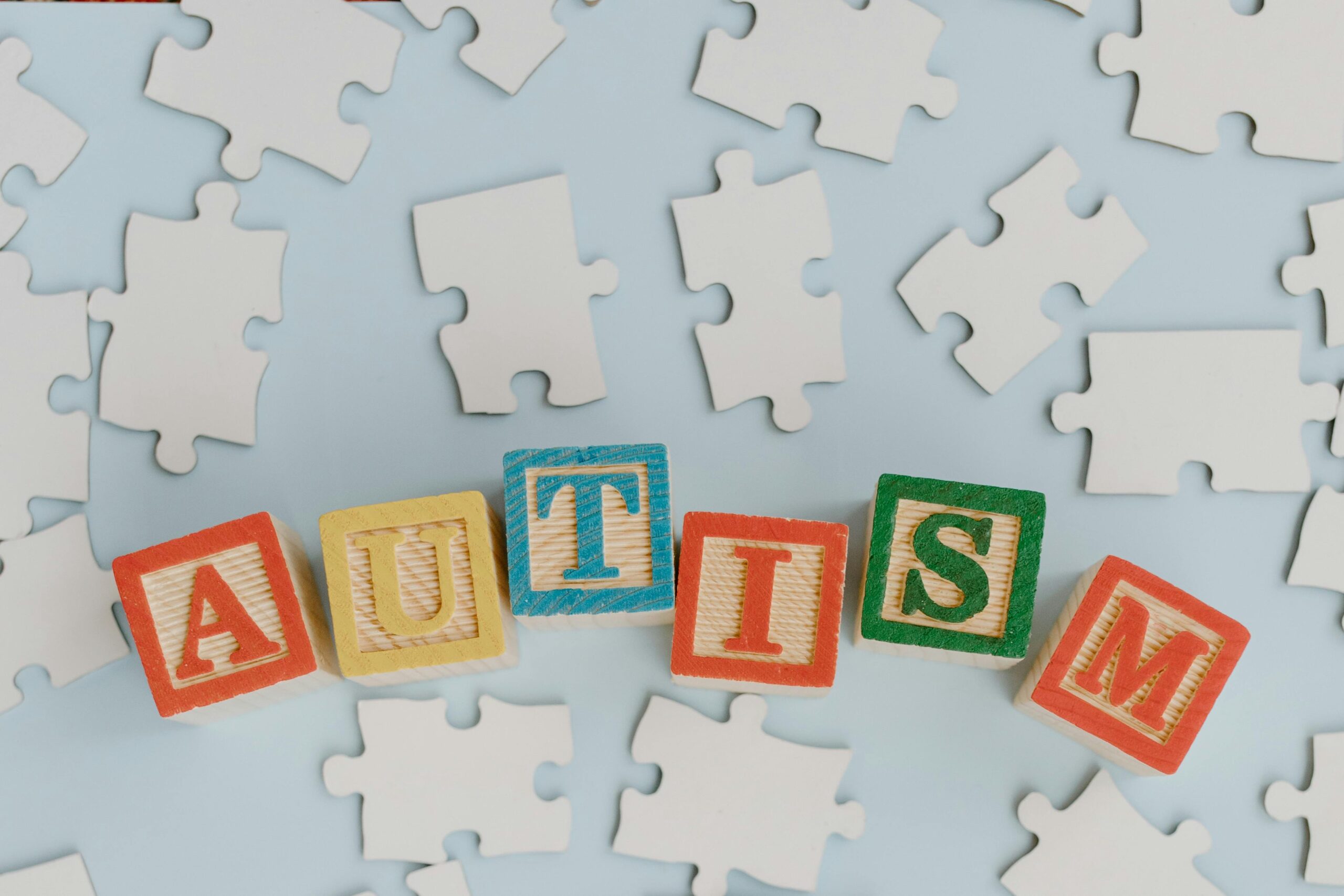Autism is a complex and diverse condition that affects how people perceive the world and interact with others. Despite growing awareness, there are still many misconceptions about autism that can lead to misunderstandings and reinforce harmful stereotypes. In this blog post, we’ll dig deeper into some of these misconceptions and provide a clearer understanding of what autism truly is.
Misconception: Autism Is the Same for Everyone
Perhaps one of the most significant misconceptions is the belief that all people with autism are the same. This couldn’t be further from the truth. When we say that autism is a spectrum, we mean that within the group of people who have autism, there is a wide range of strengths, challenges, and ways of engaging with the world.
Understanding the Reality:
Autism affects individuals in many different ways, partly due to differences in how neurotransmitters in the brain function. Neurotransmitters are chemical messengers that influence how we process sensory information, communicate, interact with others, and engage in behaviors. For some, this might mean heightened sensitivity to lights, sounds, or textures. For others, it might affect how they use language or how they understand social cues. These differences are why autism can present so uniquely in each person.
Neurotransmitters and Autism: A Deeper Look
To better understand the diversity within the autism spectrum, it’s important to consider the role of neurotransmitters. Neurotransmitters like serotonin, dopamine, and glutamate are crucial in regulating various functions in the brain, including mood, attention, and sensory processing.
Sensory Processing: Many people with autism have differences in how they process sensory information. This can result in heightened sensitivity (hypersensitivity) or reduced sensitivity (hyposensitivity) to sensory stimuli. For example, a person with hypersensitivity might find bright lights or loud sounds overwhelming, while someone with hyposensitivity might not respond to these stimuli as strongly.
Communication and Social Interaction: Autism can also influence how people communicate and interact socially. For some, this might mean delays in developing speech or using alternative communication methods, such as sign language or picture boards. Others might have difficulty understanding social cues, like tone of voice or facial expressions, which can impact social interactions.
Behavioral Patterns: Repetitive behaviors and specific, intense interests are also common in autism. These behaviors are often linked to the brain’s reward systems, influenced by neurotransmitters like dopamine. These behaviors can provide comfort and predictability in a world that might otherwise feel overwhelming.
Breaking Down Misconceptions: What Can We Do?
Understanding and acceptance are the keys to breaking down misconceptions about autism.
Here are some steps we can take to better support individuals with autism:
- Educate Ourselves and Others: The more we learn about autism, the better we can understand and support those who experience it. Share accurate information with others to help dispel myths and promote understanding.
- Focus on the Individual: Remember that each person with autism is unique. Take the time to learn about their strengths, challenges, and preferences rather than making assumptions based on stereotypes.
- Encourage Inclusive Environments: Whether in schools, workplaces, or communities, we should strive to create spaces where people with autism feel supported and valued for who they are.
- Promote Positive Interactions: Engage with people with autism in ways that respect their communication styles and sensory needs. Be patient, listen actively, and show empathy.
- Autism is a complex and diverse condition that can’t be fully understood through stereotypes or misconceptions. By educating ourselves, focusing on the individual, and promoting inclusivity, we can help create a world where people with autism are respected and supported.
Let’s continue to break down these misconceptions together and celebrate the unique contributions that individuals with autism bring to our lives.

